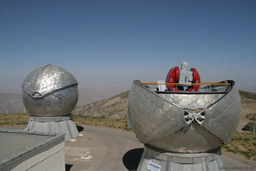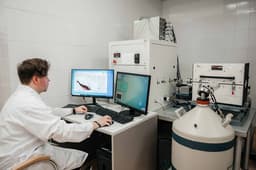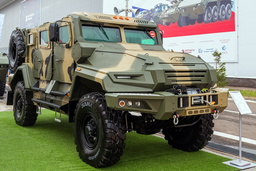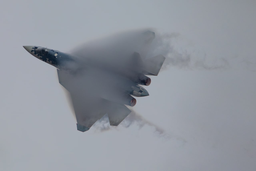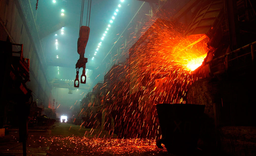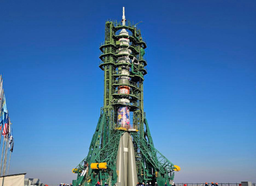Rosatom plans to revolutionize the energy industry by 3D printing parts for nuclear power plants. Ilya Kavelashvili, CEO of Rusat, the integrator of additive technologies in the nuclear industry, outlined the stage of production. According to him, test printing is already in progress.
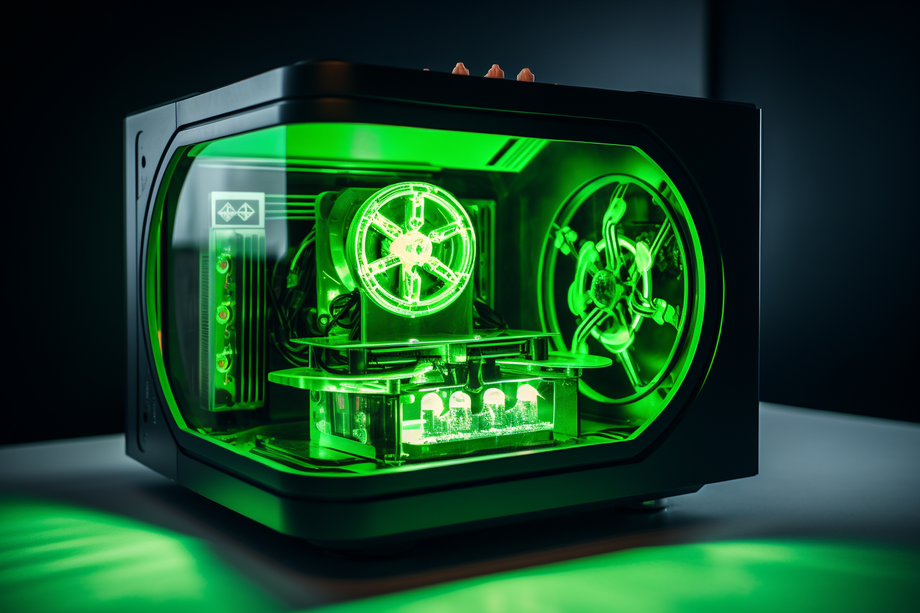
Kavelashvili noted that Rusat is currently experimenting with pump housings, shafts, and reactor internals. However, this is just the beginning - the company is preparing for four classes of 3D-printed products for nuclear power plants, each with its own specifics of proximity to the reactor. The lower the number of the class, the closer the product will be to the reactor.
Currently, work is underway to, let's say, \"legalize\" fourth-class products. And in a year, we plan to obtain permission to use 3D-printed parts on auxiliary equipment of nuclear power plants
Experts estimate that the Russian "additive" market will grow to 23 billion rubles by 2030. Energy and aviation already account for more than 40% of this market. Rosatom has agreed with the government on a roadmap for the development of additive technologies to ensure the country's technological independence.
The introduction of 3D printing in the nuclear industry can lead to a number of advantages. Firstly, it will speed up the production process and reduce the cost of manufacturing parts. Secondly, thanks to the ability to print complex parts that are difficult or impossible to manufacture using traditional methods, new opportunities for design and engineering are opening up. Finally, 3D printing can contribute to the localization of production, which reduces dependence on imports and increases the stability of supply chains.
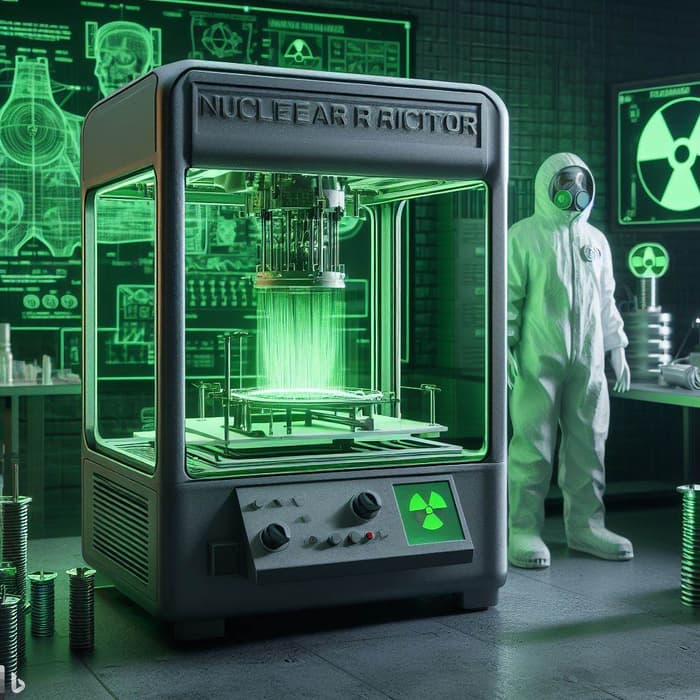
It is important to note that Rusat is not the only company engaged in 3D printing in the nuclear industry. NIIgrafit, which also belongs to Rosatom, was the first in Russia to develop a composite paste from domestic raw materials for 3D printing of silicon carbide ceramics. This material can be used, for example, for the manufacture of parts for advanced nuclear reactors.

